Uncategorised
Joints ACT: muscles REACT
👣 Joints ACT: muscles REACT: 👣 There is a reason I came up with this 2nd big rule of motion up and dedicated a chapter to it in What The Foot? and that is that Muscles do not move the joints in the way we think they do. 👣 Sure, contract some tissue and the connected joints do move… BUT
Internal or External?
👣 This image, for me, highlights things overlooked in biomechanics and in particular the movement involved in the biomechanics we are trying to observe. This affects our understanding and choices we make in therapy. 🤔 👣 You see it looks here as though you are observing an internally rotated pair of legs as highlighted by the big red arrows. Internal
Toe Out?
👣 Many many people walk with their feet turned out. And many many people have pronated feet. And yes this is pretty much a direct correlation. I always teach that a turned out foot (or duck 🦆 foot) is an indicator that the extensor chain needs firing up… The extensor chain is the muscles of extension such as foot supination
The Great Exchange
👣 So you can’t extend your right knee fully? 👣 If you can’t extend your right knee, you can’t supinate your right foot. 👣 If you can’t supinate your right foot, you can’t have access to your extensor chain. 👣 If you don’t have access to your extensor chain, You can’t propel yourself forwards effectively. 👣 If you can’t propel
True Potential of Knee Mechanics
👣 If you choose to limit the movement of the knee in order to protect it by minimising it’s movement beyond the ankle or to remain over the second toe, there is a certain irony that you just might NOT be protecting the knee, but putting it at greater risk. 👣 How? 👣 Well, simply put (hopefully) the next time
My Favourite Bone
My favourite bone 👣 It’s my favourite bone. Why? 🤔 👣 Two reasons. It’s shaped like a triangle and nature loves a triangle. 👣 So much so it made the triangle the most stable structure in the universe and it’s the mathematical centre of mass of your foot. 👣 It’s shape is key 🔑 for enabling pronation and supination on
Shift phase: a moment of chaos in the gait cycle
👣 Shift phase: a moment of chaos in the gait cycle. 👣 We call it the leap of faith when the body’s centre of mass bravely departs from the safety of it’s base of support on one leg to enter pastures new with the anticipation of finding a new base of support under the other leg as it enters into
Towel Scrunches? – Really!
👣 When you supinate a foot a whole host of cool shit is supposed to happen. 👣 When you scrunch a towel, pick up marbles, write your name with your toes or attempt to lift your own arch up in the name of exercise. 👣 None of that cool shit sadly does actually happen!!! 👣 You can’t scrunch a towel
Strike Phase
Heel strike 👣 That moment, when how you do what you need to do now directly affects each and every ensuing moment….. yep, that’s Strike phase. 👣 You might think Strike phase is a simple matter of just putting the heel down on the ground. Not exactly something we think about is it? Pop it down slap back in the
The Glutes Again
👣 A single muscle just might not be doing what you think it is… and may be capable of so much more. 👣 A single muscle that attaches to bone with three dimensional potential is at the mercy of the movement of those bones. 👣 For instance, take the glute, always a useful example as most everybody knows what it

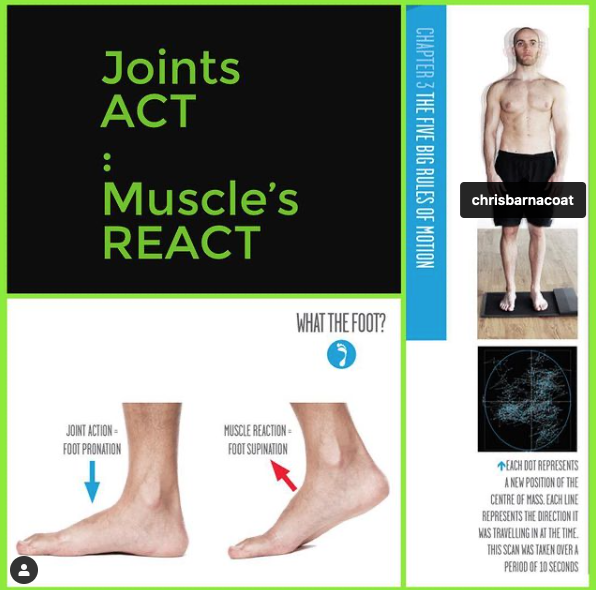
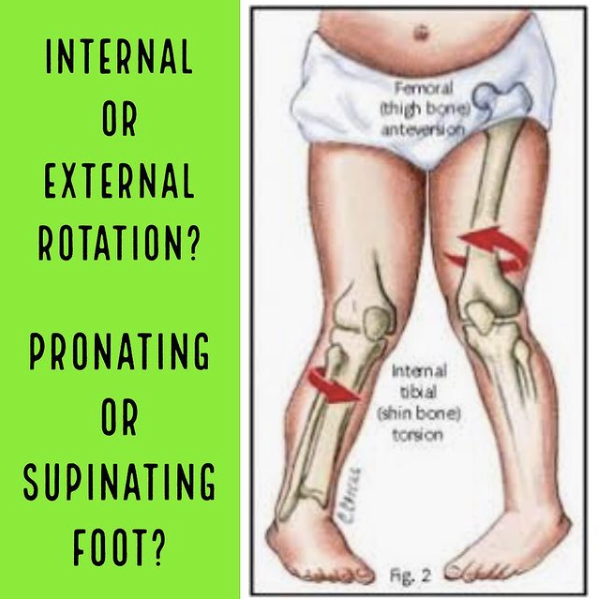
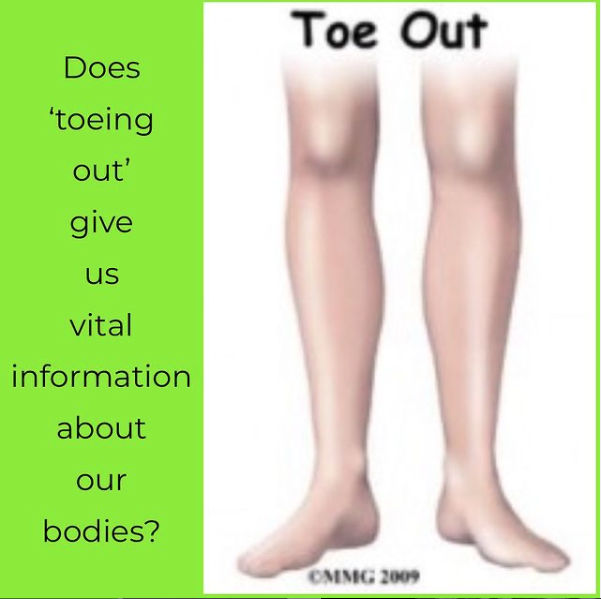
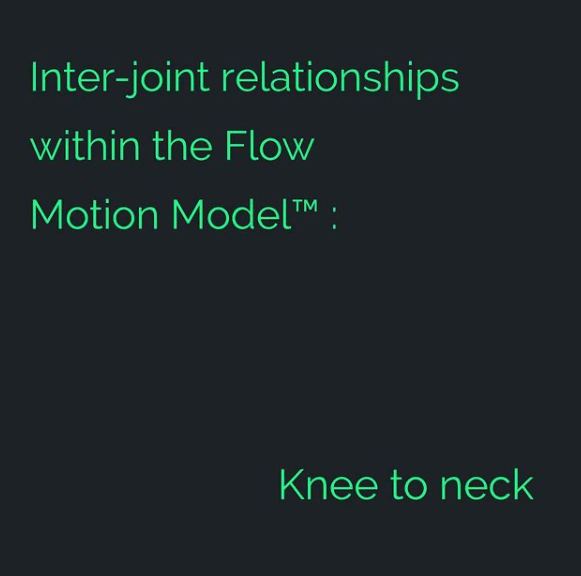
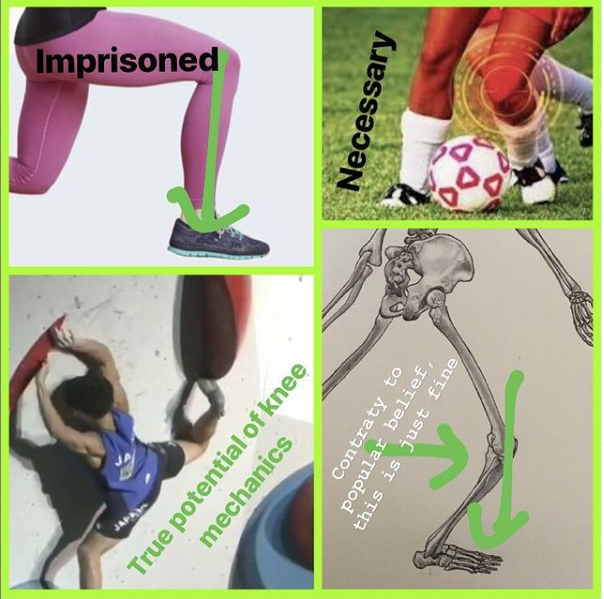
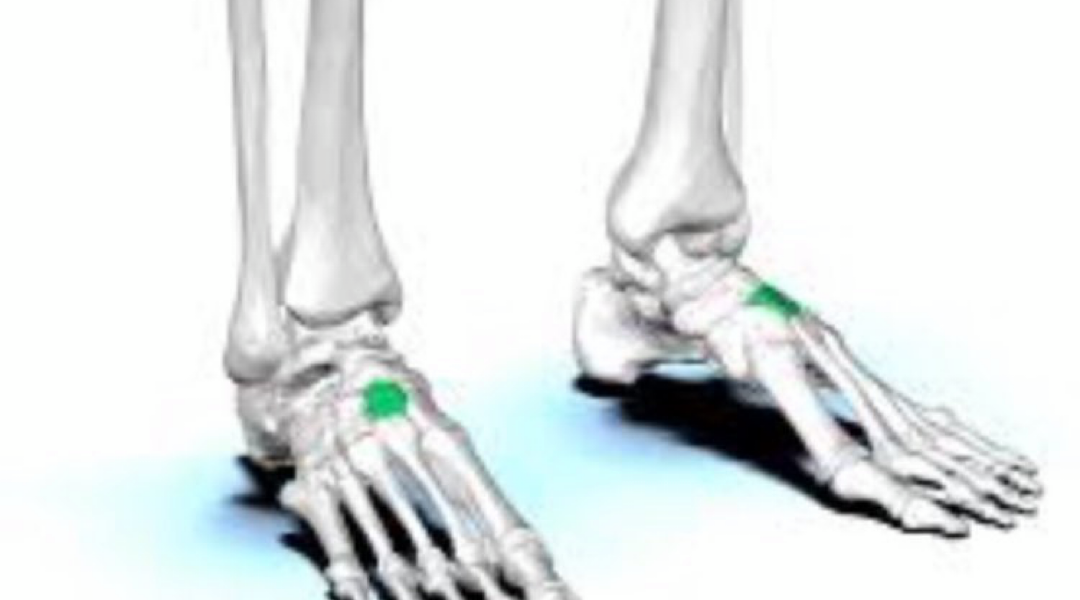

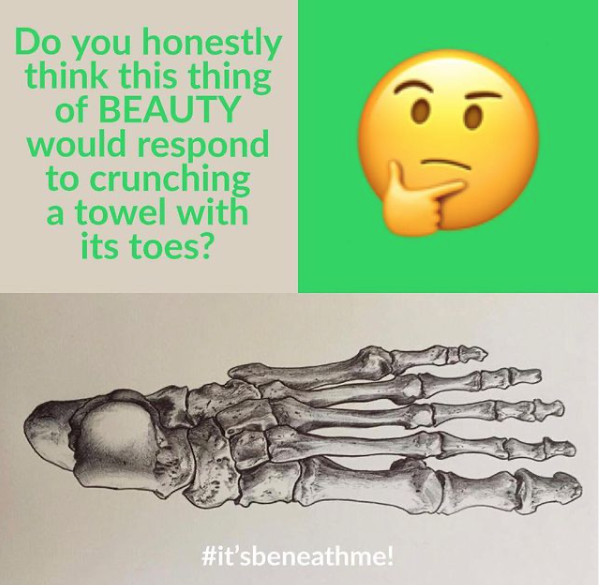
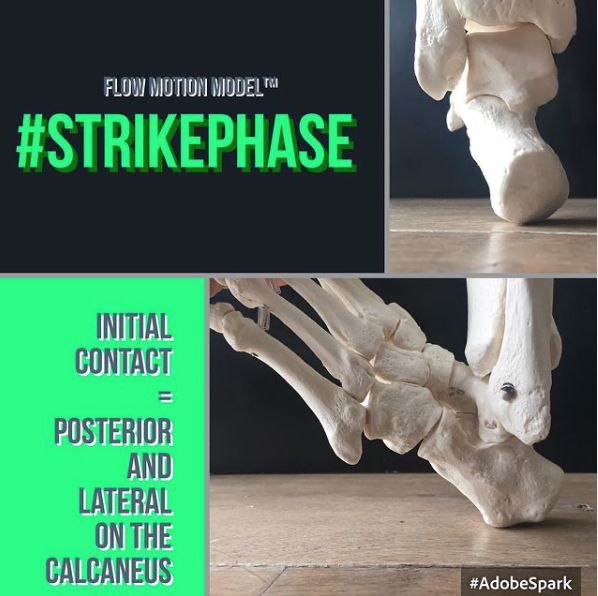
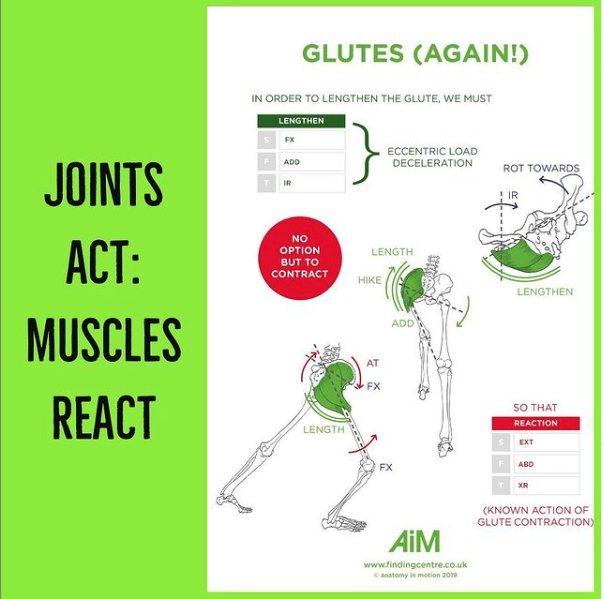
Recent Comments